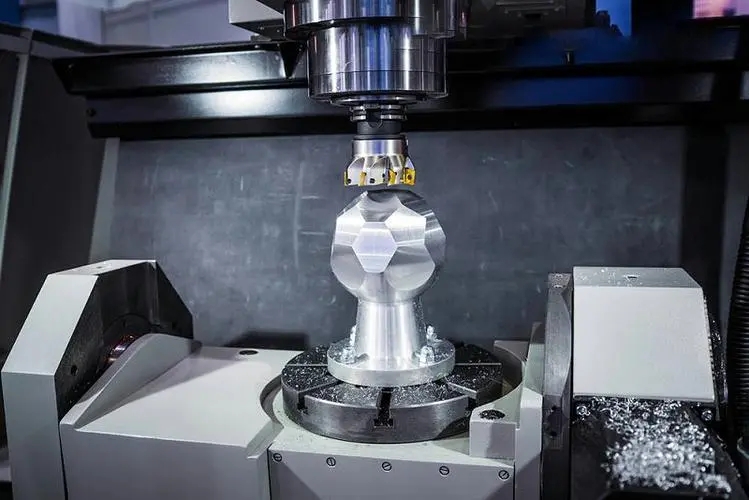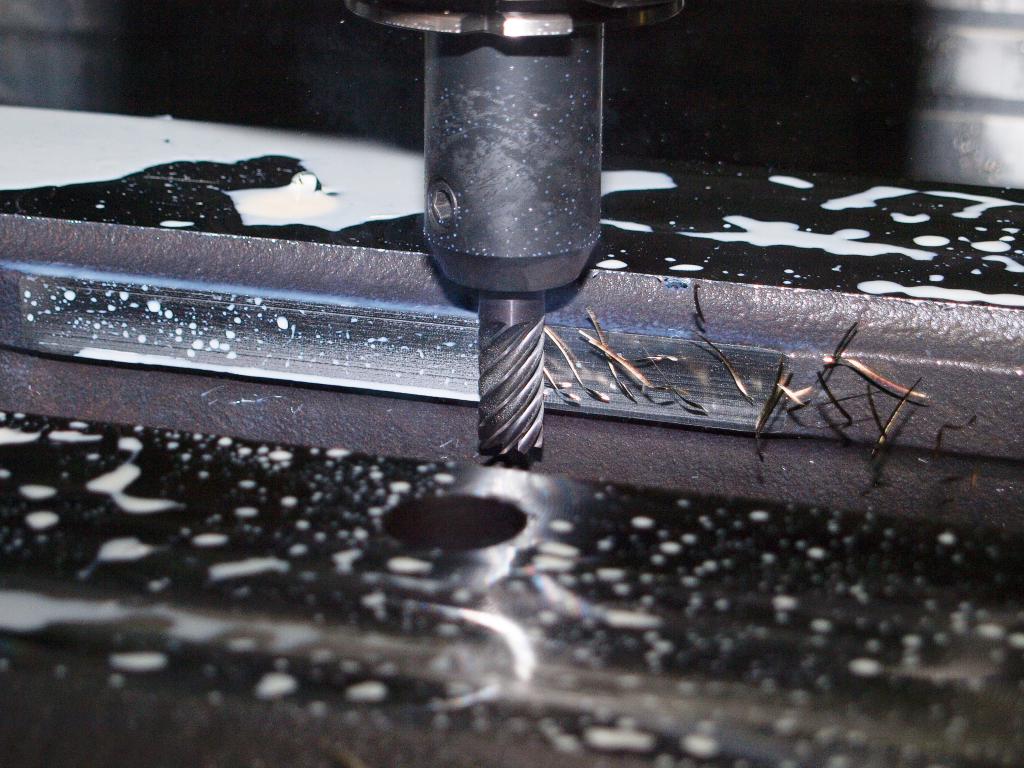- Mar 25, 2024
Milling processing plays a crucial role in various industries, from manufacturing and aerospace to automotive and construction. Understanding the factors that influence the cost of milling processing is essential for businesses to make informed decisions and optimize their production processes. In this article, we will explore the key factors that contribute to the cost of milling processing and provide insights into how to determine and manage these costs effectively.
1. Material Costs:
- Raw Material Selection: The type and quality of the material being milled significantly impact the cost. Different materials have varying prices, with exotic or high-performance materials generally being more expensive.
- Material Waste: The amount of material wasted during the milling process due to scrap or excess material can affect costs. Minimizing waste through efficient machining strategies is essential for cost reduction.
2. Machine Costs:
- Machine Tool Selection: The type of milling machine used, such as vertical milling machines, horizontal milling machines, or CNC milling machines, influences costs. CNC machines often have higher upfront costs but can provide greater precision and efficiency.
- Maintenance and Operating Costs: Regular maintenance, repair, and energy consumption contribute to the overall cost of milling operations. Factoring in these ongoing expenses is crucial for accurate cost estimation.

3. Labor Costs:
- Operator Skill Level: The expertise and experience of the machine operators affect labor costs. Skilled operators can optimize milling processes, leading to higher efficiency and lower costs.
- Labor Hours: The number of hours required to set up and operate the milling machine directly impacts labor costs. Streamlining workflows and reducing setup times can help minimize labor expenses.
4. Tooling Costs:
- Tool Selection: The choice of cutting tools, such as end mills, face mills, and inserts, influences tooling costs. High-quality tools may have higher upfront costs but can enhance productivity and reduce machining time.
- Tool Life: Monitoring tool wear and replacing worn-out tools promptly is essential for maintaining machining efficiency and minimizing costs. Extending tool life through proper maintenance practices can lead to cost savings.
5. Overhead Costs:
- Facility Expenses: Rent, utilities, and insurance for the milling facility contribute to overhead costs. Efficient facility management and optimization can help control these expenses.
- Administrative Costs: Administrative expenses, including salaries, software licenses, and regulatory compliance costs, should be factored into the overall cost of milling processing.

6. Quality Control Costs:
- Inspection and Testing: Conducting quality control inspections and tests to ensure the accuracy and integrity of milled parts incurs additional costs. Investing in robust quality control processes can prevent costly defects and rework.
Conclusion:
Determining the cost of milling processing involves considering various factors, including material costs, machine costs, labor costs, tooling costs, overhead costs, and quality control costs. By understanding these factors and implementing efficient strategies to manage them, businesses can optimize their milling operations, improve cost-effectiveness, and enhance overall profitability.


